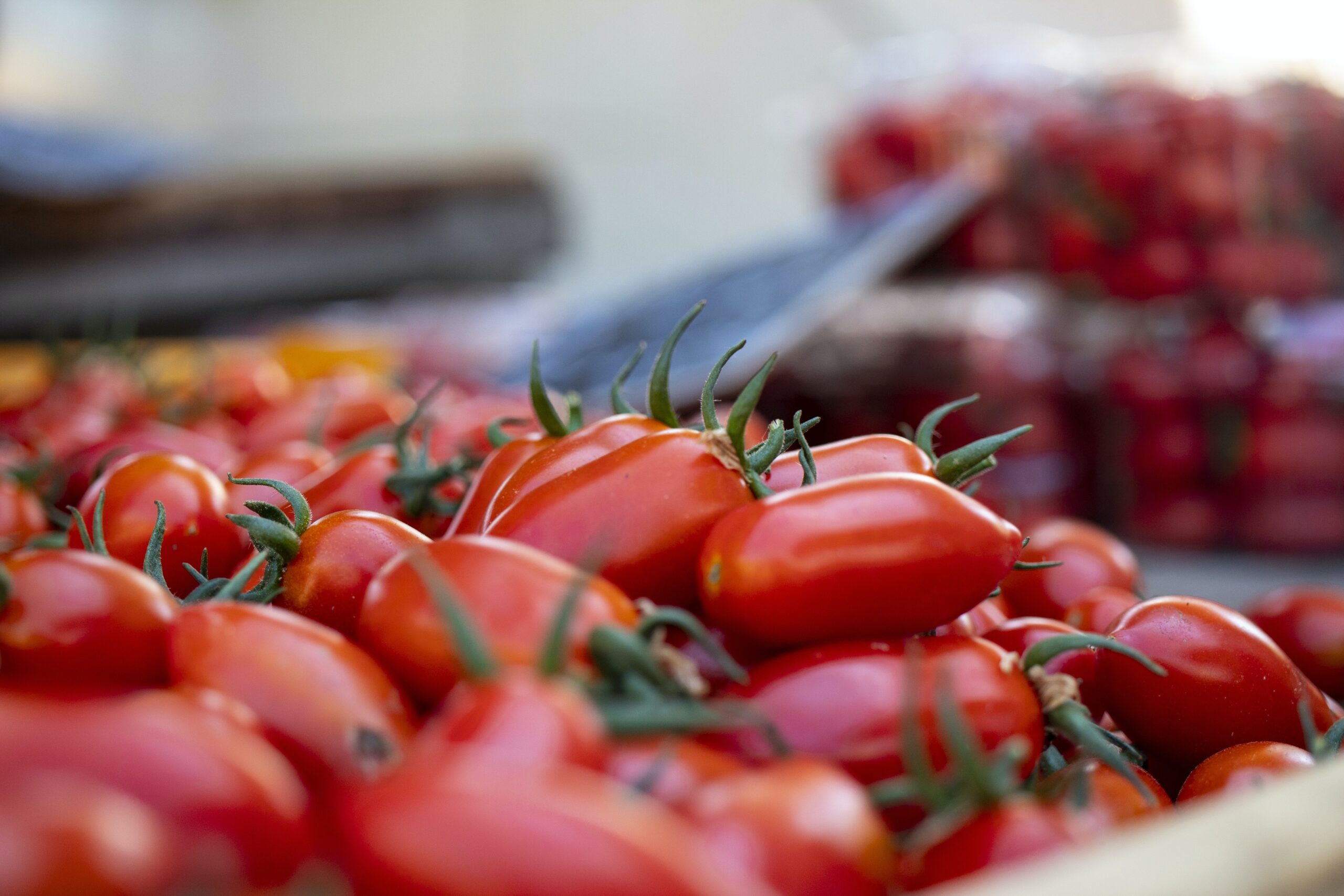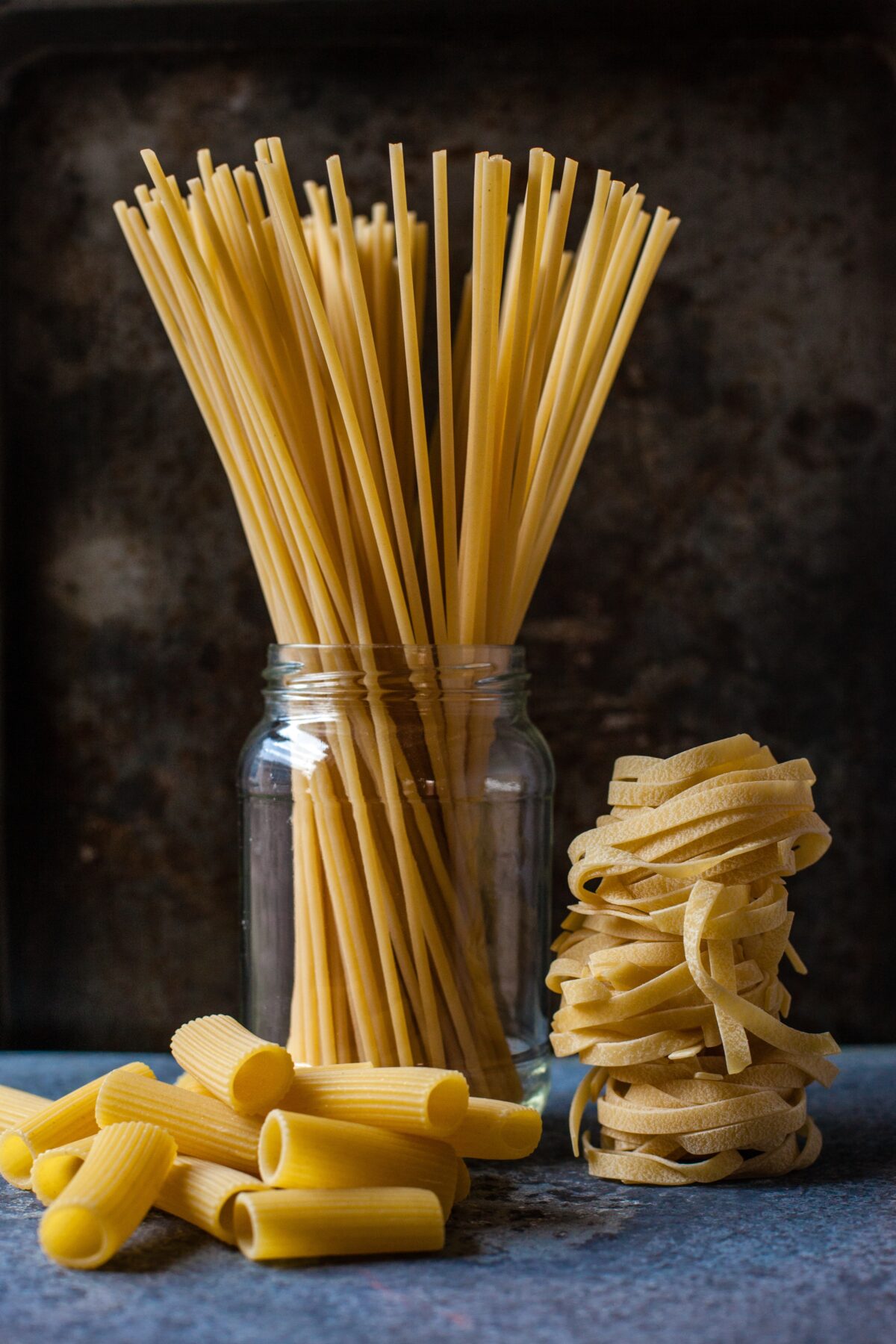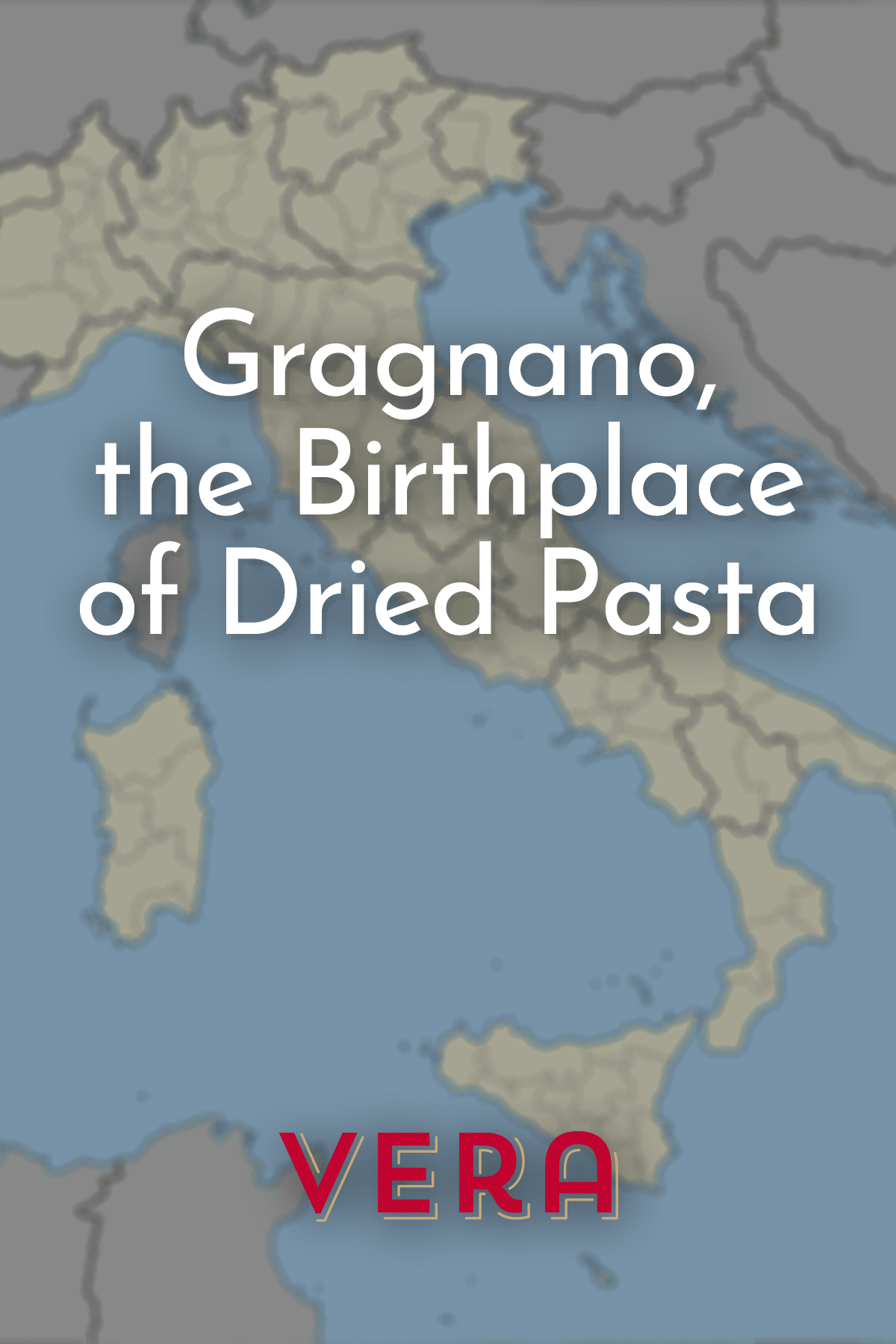
San Marzano Tomatoes: Are They the Best?
November 5, 2015
Dried Pasta Is Better
August 25, 2022Though you may not think there is much of a different between different types of pasta, there really is. From quality to taste, the process of making the pasta and so much more, the differences between various pastas are endless. Between commercial dry pasta and artisan dried pasta, the processes are the biggest difference, making for drastically different flavors.
Metal or Plastic?
During the pasta making process, the dough is extruded, meaning that the dough is shaped and formed into pasta. When commercial pasta is extruded, it is usually pushed through Teflon, or plastic, inserts. However, when artisan dried pasta is made, it is extruded with bronze die cuts.
What’s the difference? Well, when bronze die cuts are used, it actually leaves a rough exterior on the artisan dried pasta. This allows for the pasta to hold sauce better, making for a heartier and more flavorful dish. You don’t get this same effect with Teflon-produced commercial dry pasta.
The Importance of the Process
Commercial dried pasta is made through a process that is true to its name — commercially. Mixing huge vats of ingredients, industrial plants are able to make extremely large quantities of pasta at once. The dough is mixed, rolled, cut and steamed, all on a mechanized assembly line. The pasta has to be steamed in order to kill any existing bacteria. After that, it is dumped into a drying tank, boxed and shipped off. Yes, this pasta is super cheap at the store, but is it worth it?
Artisan dried pasta is handmade by professionals, to ensure that only the best ingredients and processes are used to produce a quality product. The process of making artisan dried pasta is slower, but it consists of hand-mixing the ingredients, rolling and extruding the dough, and drying the pasta at low temperature. There are no chemicals or high-heat procedures used to speed up the process. So as a result, this pasta has a much better flavor and integrity of the wheat is preserved.
Quality of Ingredients
The quality of ingredients in commercial dried pasta is sacrificed during their drying process. Typically, many commercial plants dry pasta at a high-heat for as little as three hours. When this happens, the wheat and gluten in the pasta are affected, producing a stale, tasteless pasta.
With artisan dried pasta, the pasta is hung in an environment with low heat for up to 36 hours. As a result, you are presented with a pasta that is packed full of flavor before you even add anything else to your dish.
Even though artisan pasta is commonly used in high-end restaurants and dishes, it can really be used for anything. You can substitute boxed pasta with any artisan dried pasta, so you would not have to sacrifice making your favorite dishes. And due to the pasta’s fantastic taste, you and your family can enjoy wholesome, authentic Italian meals.
Are you interested in cooking with artisan dried pasta? If you are, please visit our online store at Vera Pasta to learn more about the different types of artisan pastas we offer.




